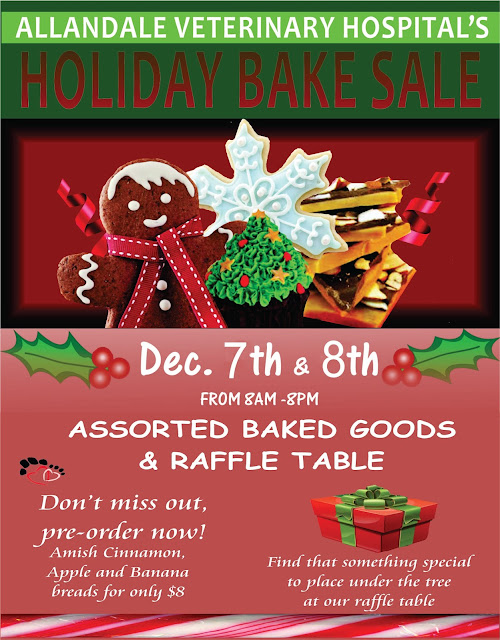
After a very long road trip from Guatemala City into Todos Santos we arrived at
our hotel where we were greeted with smiles and hugs by the founders of the GAAP
(Global Alliance for Animals and People) Great people! Working with Elana &
Guillermo was amazing! They are so dedicated to their projects in making this world
a little better one project at a time. The world needs more people like them in
it.
The people in Todos Santos were friendly and seemed grateful and
happy that we were there, smiles everywhere! I felt welcome. I was surprised at
the fact that no matter where we went the people of Todos Santos would smile and
greet us. They have so little if anything at all but still manage to smile and
say hello (Hola).
This experience has shown me that no matter how big or small
are problems are we are very fortunate and should never take anything for
granted. The people in Todos Santos work very hard and have so little but seem
happy. I've also learned that these people truly love their pets and walk great
distances to get to the the clinic.
This was my first time traveling with my
coworkers to take part in this amazing adventure and I wasn't sure what to
expect however for the most part it was pretty much how I pictured it. Dogs,
cats roaming the street freely unlike the dogs/cats back home made me sad but I
took comfort in knowing that we were there to help and better the situation for
the people and their pets.
Saturday morning we had a day dedicated to the
children in the community. Our goal was to teach the children and their families
about proper care for their pets but having a little fun along the way. The kids
loved the Face painting, balloons, games etc. My job was to help the kids
make animal themed crowns which seemed to be a huge hit with the kids! So much
so that some of them would come back to make a third and fourth crown. I watched
as one little boy tried to trick me and he actually removed the crown he made
then folded it up and tried to stuff it in his pocket so that he could make
another. I smiled at him and helped him make a second crown but this one was
going to be the best crown ever! I used half a pack of sticker jewels because
his eyes grew wider and his smile bigger with each one so it made it harder for
me to stop. He kept thanking me but his smile was more than enough.
Sunday
we set up in the "Salon" (community gymnasium) for our upcoming week of vaccines and
surgeries. Everyone worked so hard and it came together perfectly, Great team
work!
Then our busy work week begun! I worked in recovery with the animals
that were waking up from surgery as well as working with the veterinarians
assisting in the exams and with administering vaccines. All hard work but the
feeling you get at the end of each day made it all worth it!
I'm proud
everyday to be a part of the Allandale team but this journey made me even more
proud to work with these amazing ladies. This experience has given me so much
and for that I'm grateful.
- Shawnah
















